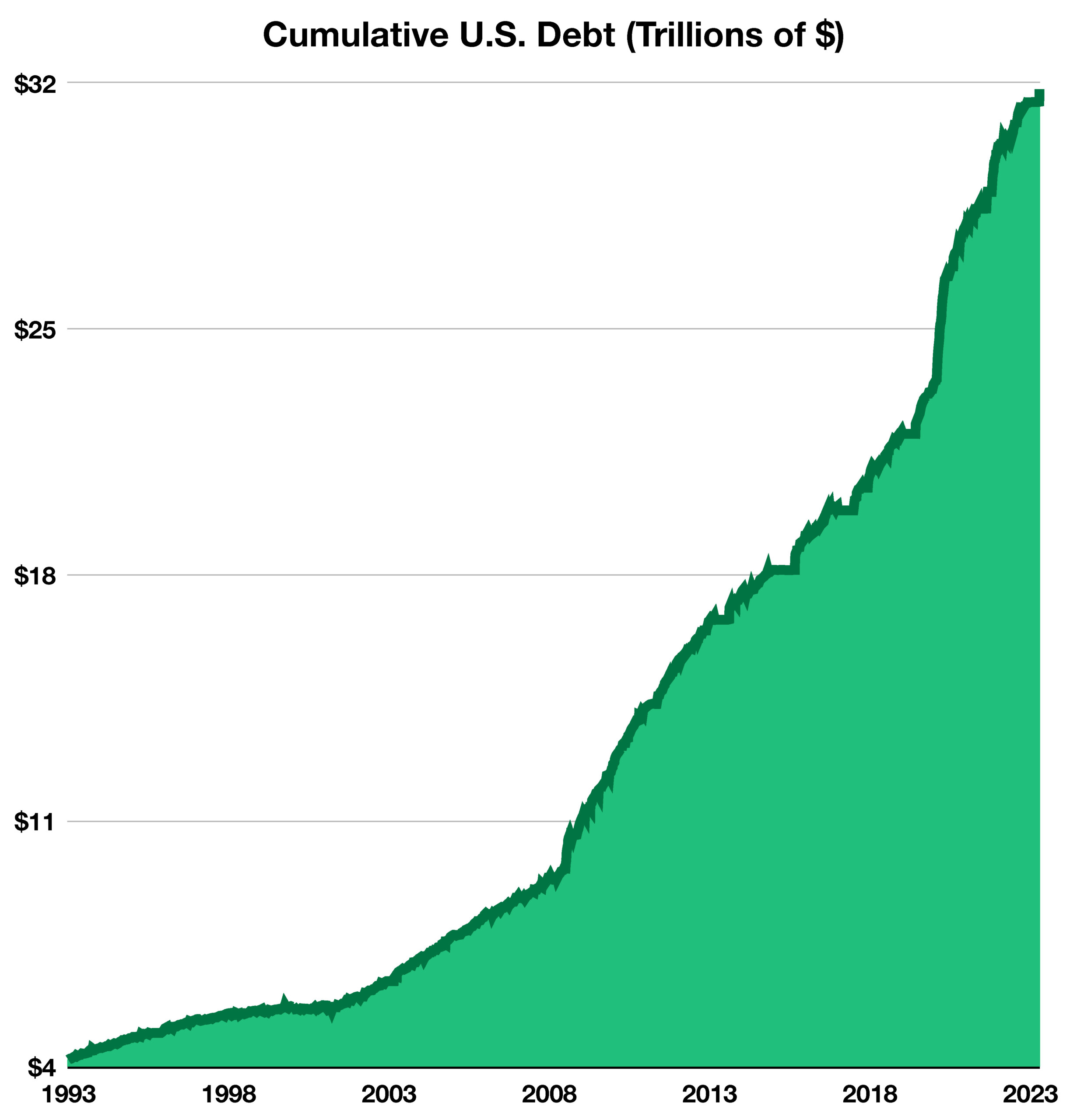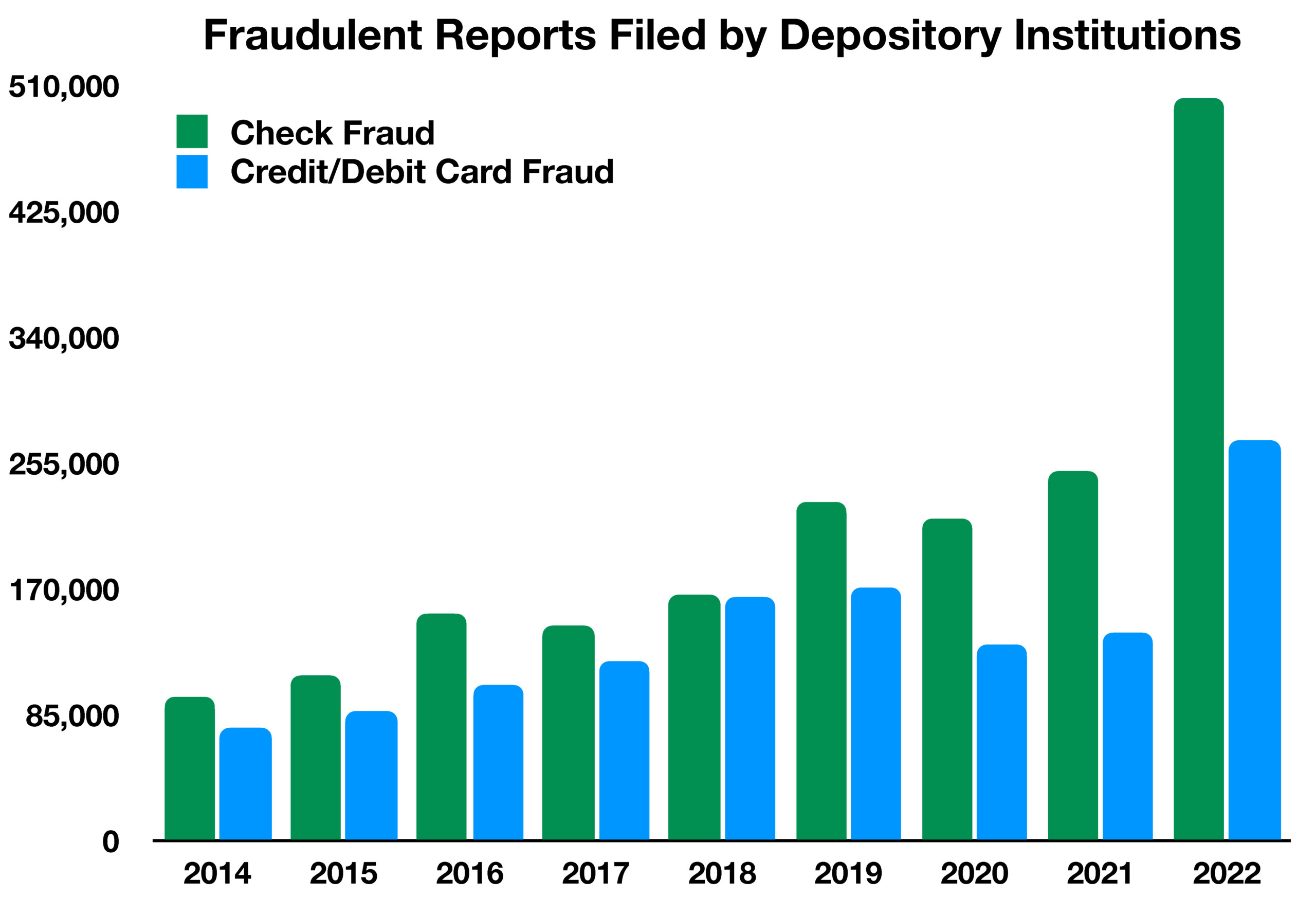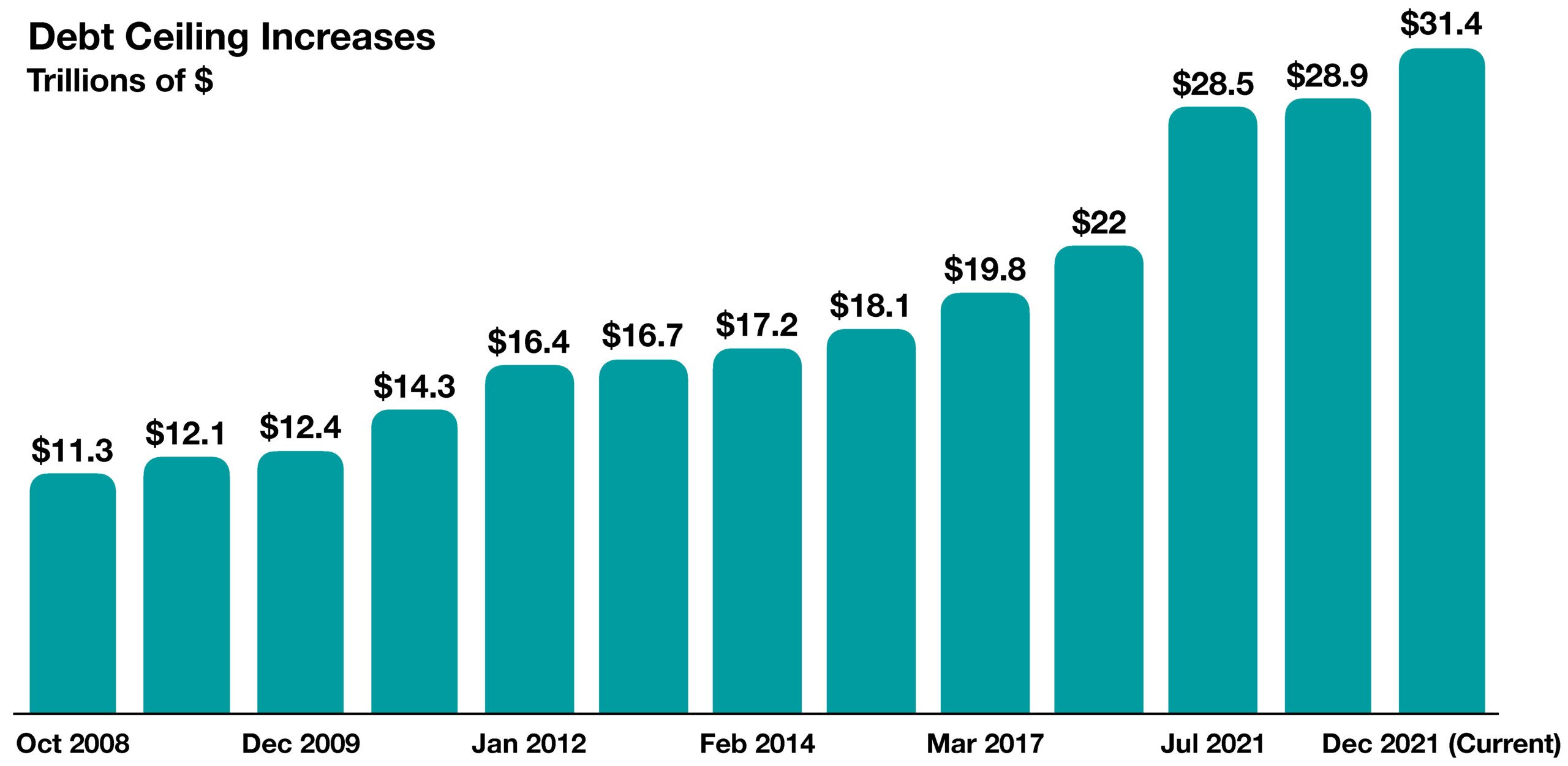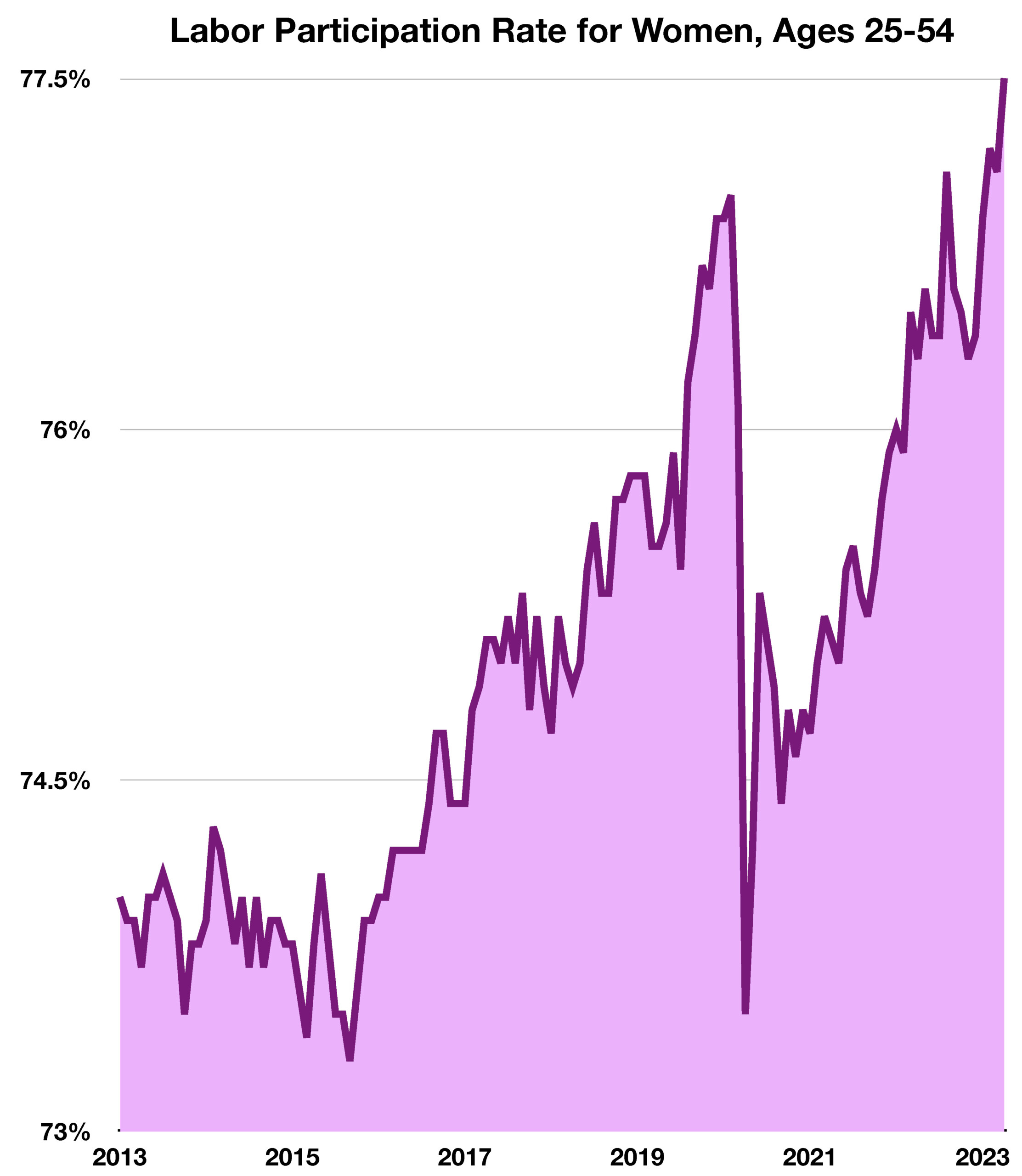
Wright Financial, LLC
395 Taylor Blvd., Suite 107
Pleasant Hill, CA 94523
925.246.7982
Stock Indices:
| Dow Jones | 40,669 |
| S&P 500 | 5,569 |
| Nasdaq | 17,446 |
Bond Sector Yields:
| 2 Yr Treasury | 3.60% |
| 10 Yr Treasury | 4.17% |
| 10 Yr Municipal | 3.36% |
| High Yield | 7.69% |
YTD Market Returns:
| Dow Jones | -4.41% |
| S&P 500 | -5.31% |
| Nasdaq | -9.65% |
| MSCI-EAFE | 12.00% |
| MSCI-Europe | 15.70% |
| MSCI-Pacific | 5.80% |
| MSCI-Emg Mkt | 4.40% |
| US Agg Bond | 3.18% |
| US Corp Bond | 2.27% |
| US Gov’t Bond | 3.13% |
Commodity Prices:
| Gold | 3,298 |
| Silver | 32.78 |
| Oil (WTI) | 58.22 |
Currencies:
| Dollar / Euro | 1.13 |
| Dollar / Pound | 1.34 |
| Yen / Dollar | 142.35 |
| Canadian /Dollar | 0.72 |
Macro Overview
Congress passed legislation during last-minute negotiations to avert a default on the nation’s debt. The suspension on the U.S. government’s $31.4 trillion debt ceiling is temporary until lawmakers finalize legislation to fund ongoing federal obligations.
The impasse on the debt ceiling added strain to bond and equity markets in May. Treasury bond yields rose as increasing debt level concerns triggered increased trading in government bonds. Debt ceiling concerns in addition to the uncertainty surrounding regional banks’ exposure to commercial real estate contributed to a volatile environment throughout the month.
The Treasury Department plans to issue additional short-term debt to fund immediate federal expenses, with $61 billion in 6-month bills and $68 billion in three-month bills already issued as of the first of June. Treasury issuances, also known as auctions, are part of the government’s ongoing cash management process.
The 49th summit of the G7 was held in Hiroshima, Japan in late May. The G7, which includes leaders from developed countries, gathered to discuss the Russian invasion of Ukraine, the climate crisis, the pandemic, and global geopolitical tensions. The G7 also conveyed concern surrounding China’s economic coercion and its stance on Taiwan.
The Fed’s most recent Beige Book survey found that demand for domestic transportation services such as trucking and railroad has been decreasing. The survey also found that commercial construction and real estate activity has also been decreasing overall. (Sources: U.S. Congress, Treasury Dept., G7, Federal Reserve)



